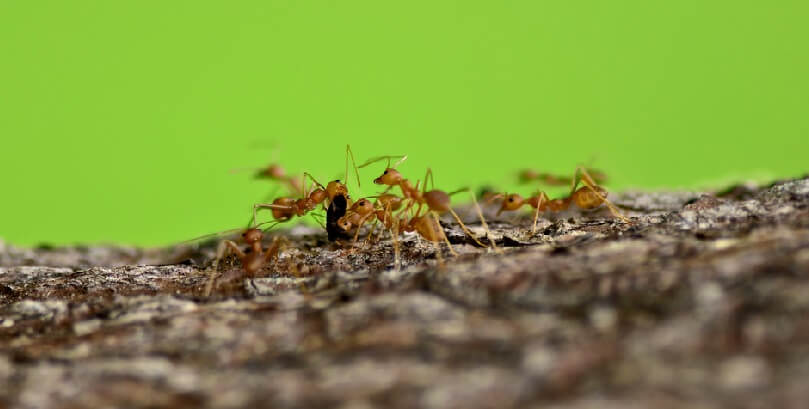Gamma Cyhalothrin Vs Bifenthrin For Ants

Numerous insecticides have emerged as effective solutions in the quest to manage ants. Gamma Cyhalothrin and Bifenthrin stand out for their efficacy among the many options available. These active ingredients are commonly used in various pest control products, offering homeowners and pest management professionals reliable means of tackling ant infestations.
However, the distinction between the two could be clearer. This article seeks to shed light on the unique properties of each, providing insights into their comparative advantages and limitations.
Gamma Cyhalothrin Vs Bifenthrin Table
This table of comparison will assist you in quickly comprehending the distinctions between the options.
| Feature | Gamma Cyhalothrin | Bifenthrin |
|---|---|---|
| Chemical Class | Synthetic Pyrethroid | Synthetic Pyrethroid |
| Speed of Action | Fast-acting | Moderate |
| Residual Effect | Several weeks | Extended (often longer than Gamma Cyhalothrin) |
| Spectrum of Pests | Broad | Broad, with a noted efficacy against termites |
| Toxicity to Mammals | Low | Low |
| Environmental Concerns | Harmful to aquatic life | Highly toxic to fish and aquatic organisms |
| Risk of Resistance | Present with overuse | Present with overuse |
Short Review of Gamma Cyhalothrin
Gamma Cyhalothrin is a synthetic pyrethroid insecticide known for its quick-acting and broad-spectrum control over various pests, including ants. Derived from chrysanthemum flowers, synthetic pyrethroids mimic the natural insecticidal properties of these plants.
Advantages:
-
- Fast-acting: Gamma Cyhalothrin is known to knock down ants and other pests swiftly upon contact.
- Low Toxicity to Mammals: Synthetic pyrethroids, including Gamma Cyhalothrin, tend to have a lower risk of harming mammals when compared to other chemical classes, making them a preferred choice in residential settings.
- Residual Effect: Once applied, it can continue to kill ants that come into contact with treated areas for several weeks.
Limitations:
-
- Environmental Concerns: Being a synthetic pyrethroid, Gamma Cyhalothrin can be harmful to aquatic organisms. Care needs to be taken to avoid contamination of water sources.
- Potential Resistance: Over-reliance or overuse can lead to some ant species developing resistance.

Short Review of Bifenthrin
Bifenthrin is another synthetic pyrethroid with a proven track record in ant management. It’s widely recognized for its residual activity, making it a favorite for perimeter treatments around homes and other structures.
Advantages:
-
- Long-lasting Residual Effect: Of the synthetic pyrethroids, Bifenthrin has one of the most extended residual effects. This means longer protection between applications.
- Broad Spectrum: Besides ants, Bifenthrin is effective against a wide range of pests, including termites, fleas, and ticks.
- Low Toxicity to Mammals: Like Gamma Cyhalothrin, Bifenthrin poses minimal risk to mammals when used as directed.
Limitations:
-
-
- Environmental Impact: Bifenthrin is highly toxic to fish and other aquatic life. Careful application is essential to avoid water contamination.
- Resistance Issues: As with most insecticides, the risk of resistance development exists, especially with prolonged and incorrect usage.
-
Conclusion
Both Gamma Cyhalothrin and Bifenthrin provide practical solutions in the battle against ants. Their choice largely hinges on specific needs, the pests, and environmental considerations. For rapid knockdown, Gamma Cyhalothrin may be more suitable. In contrast, for extended protection and a broad range of pests, Bifenthrin might be the better option.
However, it’s essential to remember that the misuse of these insecticides can lead to resistance development and environmental harm. Always read and follow label instructions, and consider consulting a pest management professional when dealing with large or recurrent infestations.

James E. Butkovich, Pest control maven with a knack for eco-friendly & Chemical solutions. Blogger with a mission to make homes pest-free, one post at a time.